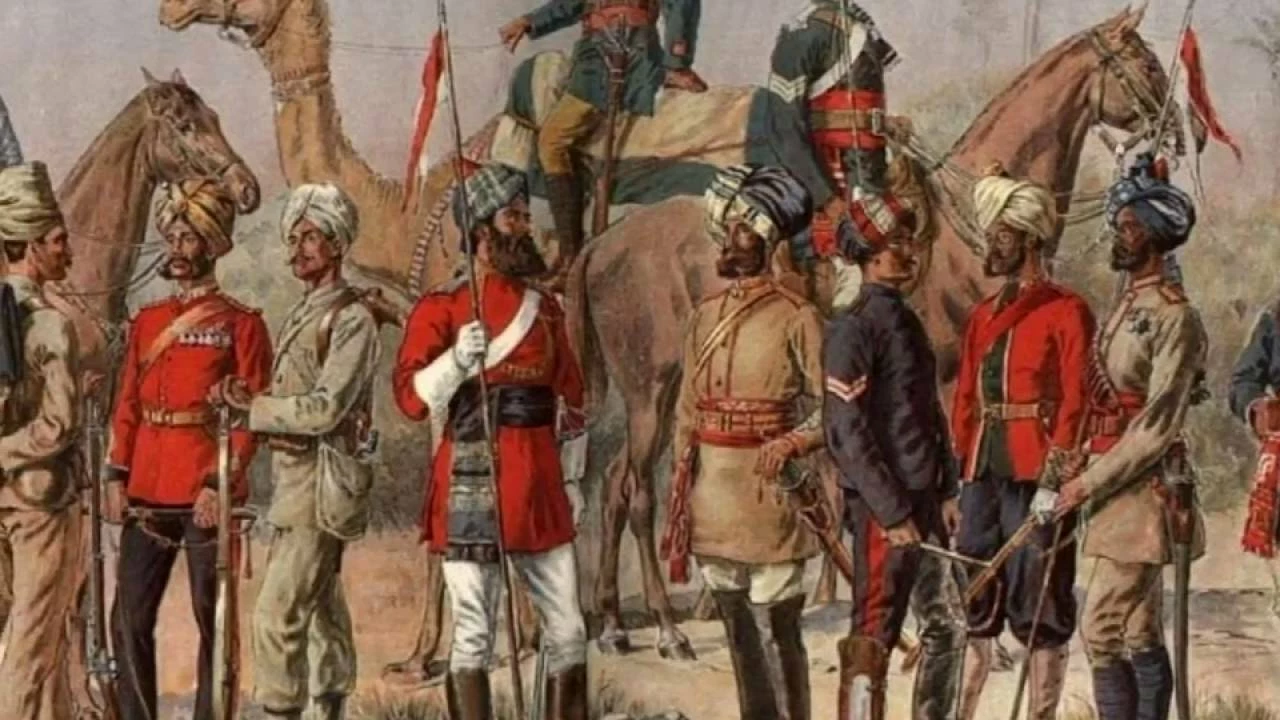
Discovering the Era: An Introduction to British India
British India, also known as the British Raj, was a period in Indian history that spanned from 1858 to 1947, when the subcontinent was governed by the British Crown. As a blogger who's always been fascinated by history, I've often wondered about how life was during this period. It's a complex topic, with a mix of progress and oppression, development and exploitation. This era left an undeniable imprint on the country and its people, shaping India in ways we still feel today.
Social Structure and Caste System under British Rule
One of the most notable aspects of life in British India was the caste system. Now, India has always had a caste system, but the British, in their pursuit of 'divide and rule', exacerbated it. They classified people into rigid categories, often based on occupation, and these categories were largely unchangeable. This led to a society where social mobility was limited, and where your birth determined your destiny.
It wasn't all doom and gloom though. The British also introduced some positive changes. They made efforts to abolish 'untouchability' and outlawed practices like sati (the burning of widows). These reforms did bring about some improvement in the lives of the lower castes and women, but it was a slow process with many challenges.
Education and the English Language
Education was another area that underwent significant change under British rule. The British introduced English as the medium of instruction in schools and universities. They also established several prestigious educational institutions, like the University of Bombay, Calcutta, and Madras. Now, this was a double-edged sword. On one hand, it gave Indians access to Western knowledge and ideas, which played a crucial role in the Indian independence movement. But on the other hand, it created a class of 'Brown Sahibs', Indians who were culturally more British than Indian.
It's also important to note that education was primarily accessible to the upper classes. The masses, especially women and lower castes, were largely left out of the educational revolution. Consequently, literacy rates remained low throughout the British Raj.
Life in the Cities
Life in the cities of British India was a study in contrasts. On one hand, you had the grandeur of colonial architecture, the bustling markets selling exotic goods, and the elite sipping tea at clubs and parties. On the other hand, there were the crowded slums, the poverty, the disease, and the exploitation.
The British left a lasting legacy in the form of infrastructure. They built railways, roads, bridges, post offices, and more. These developments transformed Indian cities, and many of these structures are still in use today. But these developments often came at a cost, with the exploitation of Indian labor and resources.
Life in the Villages
The majority of Indians lived in rural areas during the British Raj, and their lives were starkly different from those in the cities. Agriculture was the main occupation, but farmers were often at the mercy of landlords and moneylenders. Furthermore, the British introduced cash crops, like indigo and tea, which often led to food shortages and famines.
Despite these challenges, life in the villages also had its own rhythm and charm. There were the age-old traditions, the festivals, the close-knit communities. There was a sense of belonging, of being connected to the land and to each other. It's a way of life that, despite the many changes since independence, still exists in many parts of India today.
The Fight for Independence
Life under British rule wasn't just about survival, it was also about resistance. The desire for freedom, for self-rule, was a powerful force that united Indians across caste, religion, and region. The fight for independence was marked by both peaceful protests and violent rebellions, by both negotiations and confrontations.
It was a struggle that saw the emergence of great leaders, like Mahatma Gandhi, Jawaharlal Nehru, and Subhas Chandra Bose. Their courage, their conviction, their sacrifices, are a testament to the spirit of the Indian people. The independence movement wasn't just a political struggle, it was a social and cultural revolution that transformed India forever.